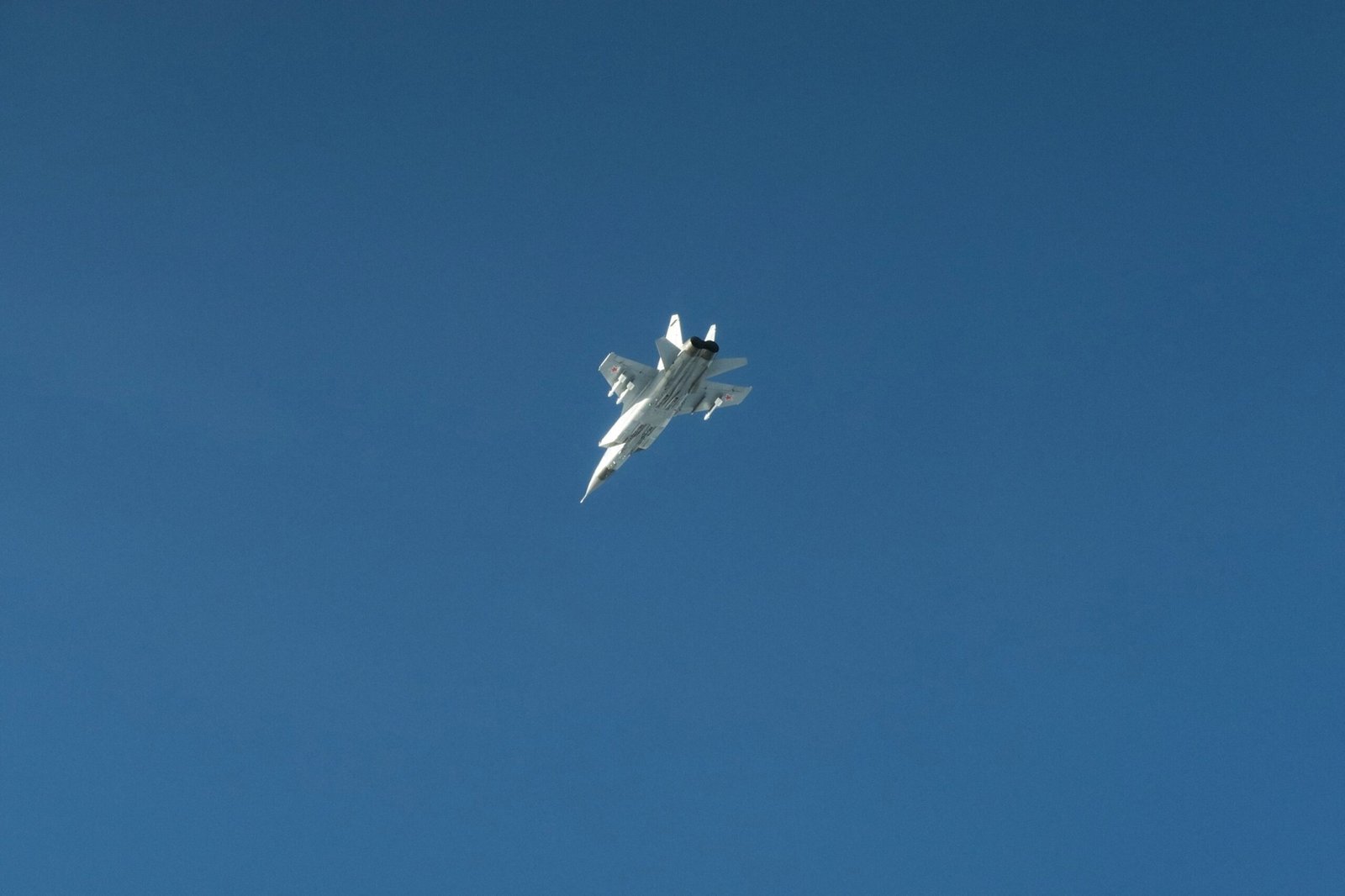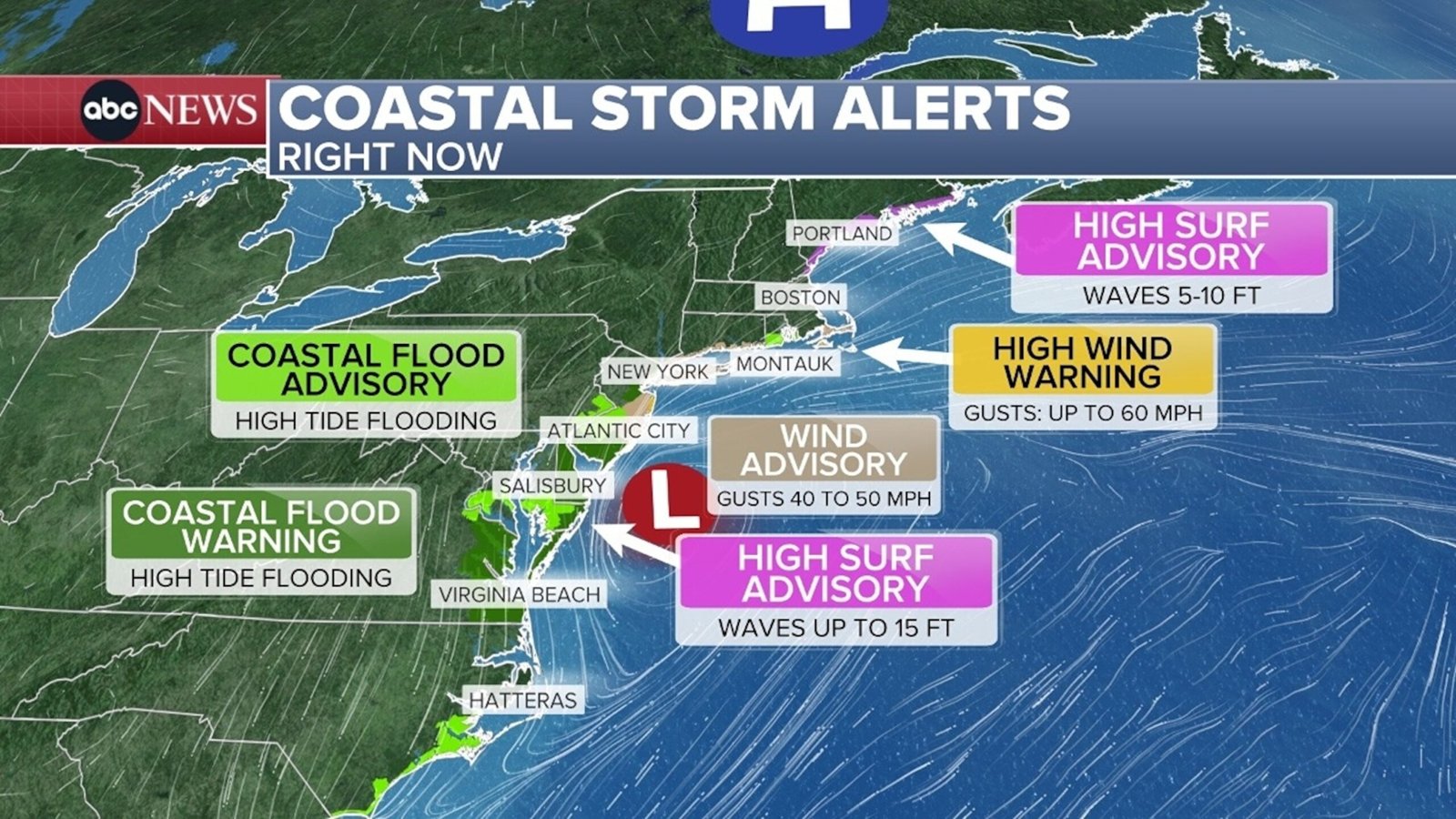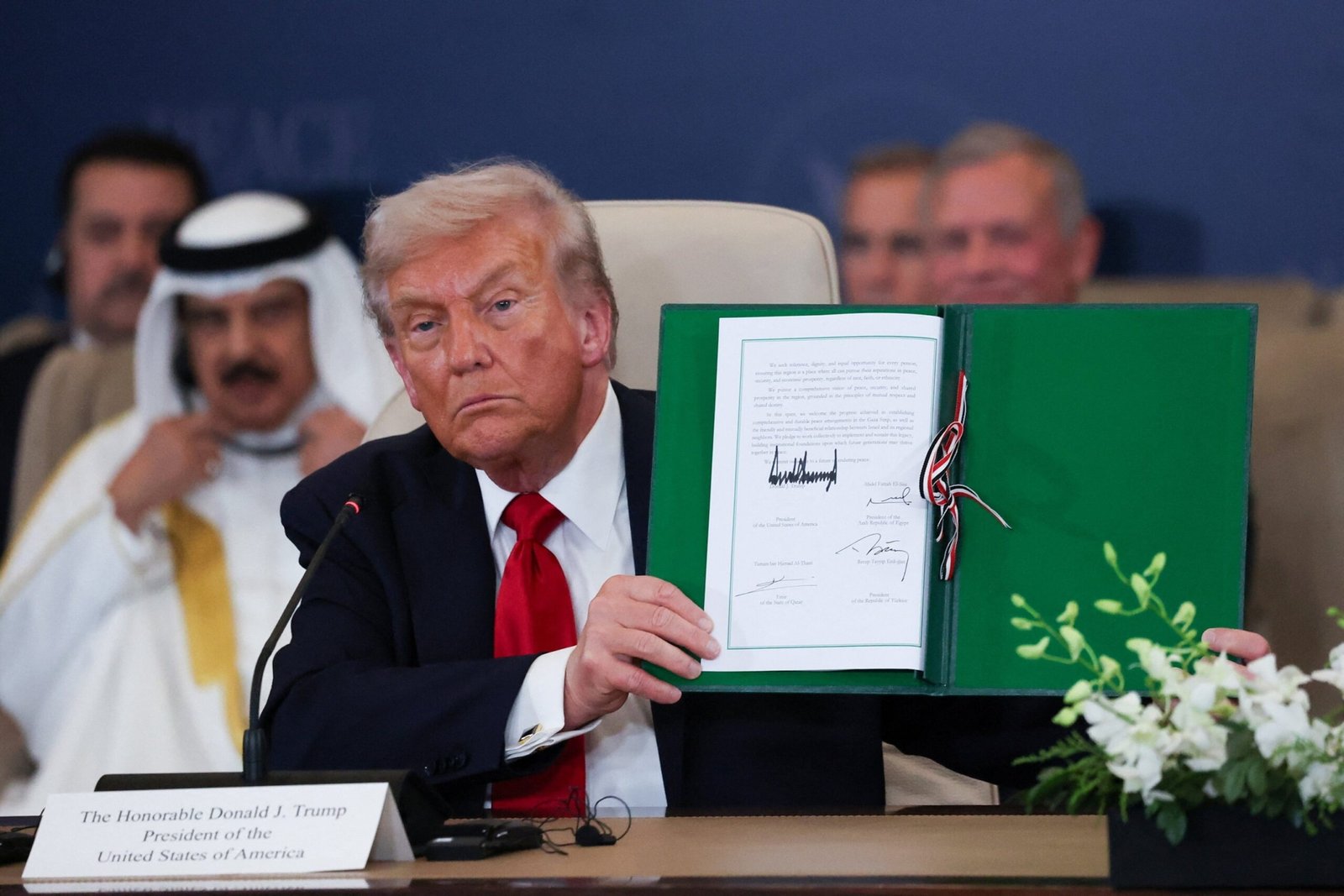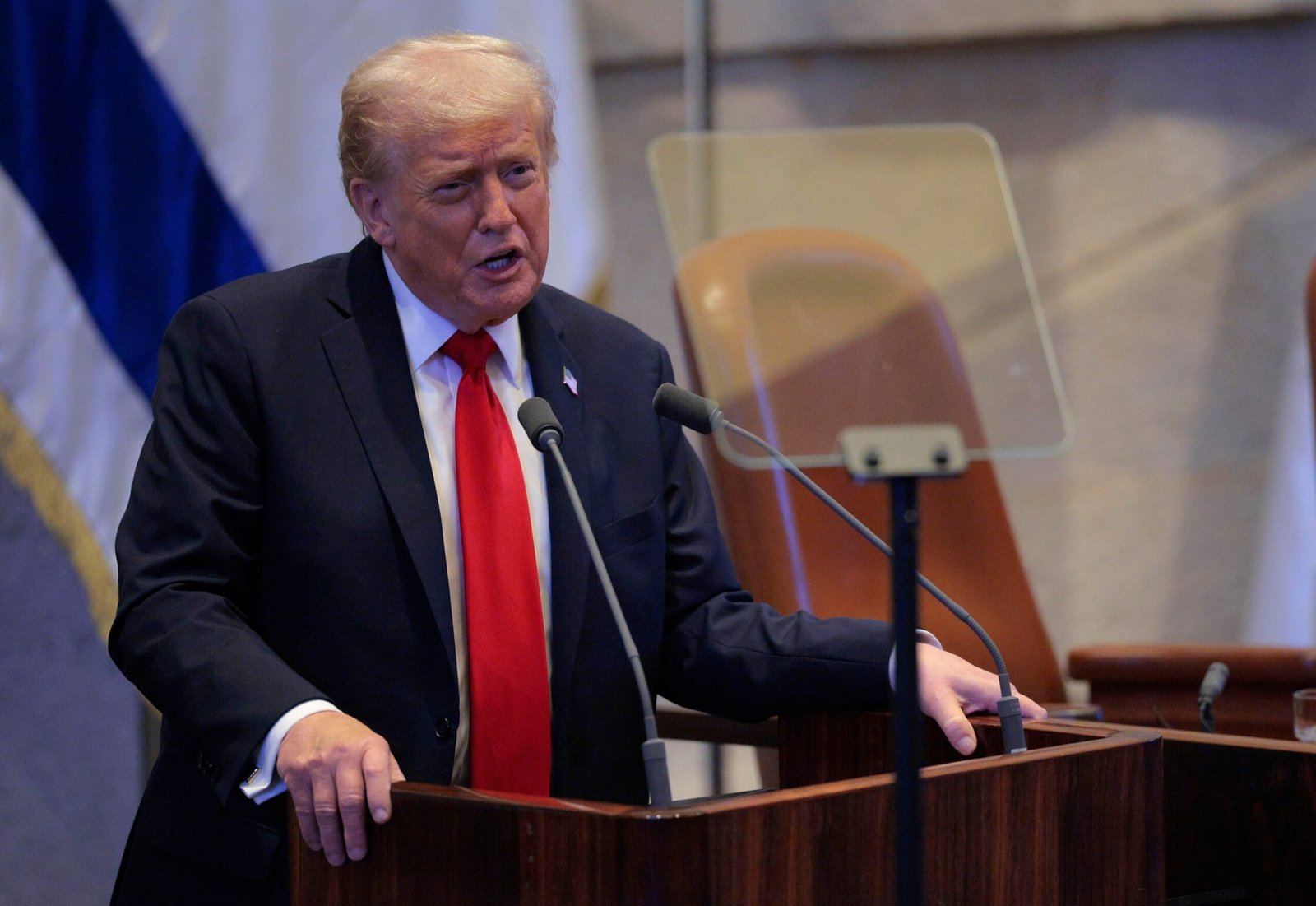LONDON — Vaindloo Island, a small rocky outcrop in the Gulf of Finland, is serving as an unlikely barometer of rising tensions between NATO and Russia.
On September 19, three Russian MiG-31 aircraft entered Estonian (and therefore NATO) airspace over Vaindloo, remained in the airspace for 12 minutes, and traveled almost 125 miles west.
An Estonian Defense Ministry spokesperson told ABC News that September’s MiG-31 intrusion was “unprecedentedly brazen” but was far from the first. Italian, Swedish and Finnish fighter jets were involved in tracking or intercepting the MiG-31s, the spokesman said.
Vaindloo, Estonia’s northernmost point, covers an area of only 15 acres, but the uninhabited island is located at a strategic point. It is situated in the busy Gulf of Finland, 14 nautical miles from the Estonian mainland and 29 miles south of the Finnish mainland.
Thirteen miles to the northeast lies the Russian island of Rodsher. Further east along the sea corridor are the busy Russian ports of Primorsk and Ust-Luga, before the Gulf of Finland reaches its easternmost tip.
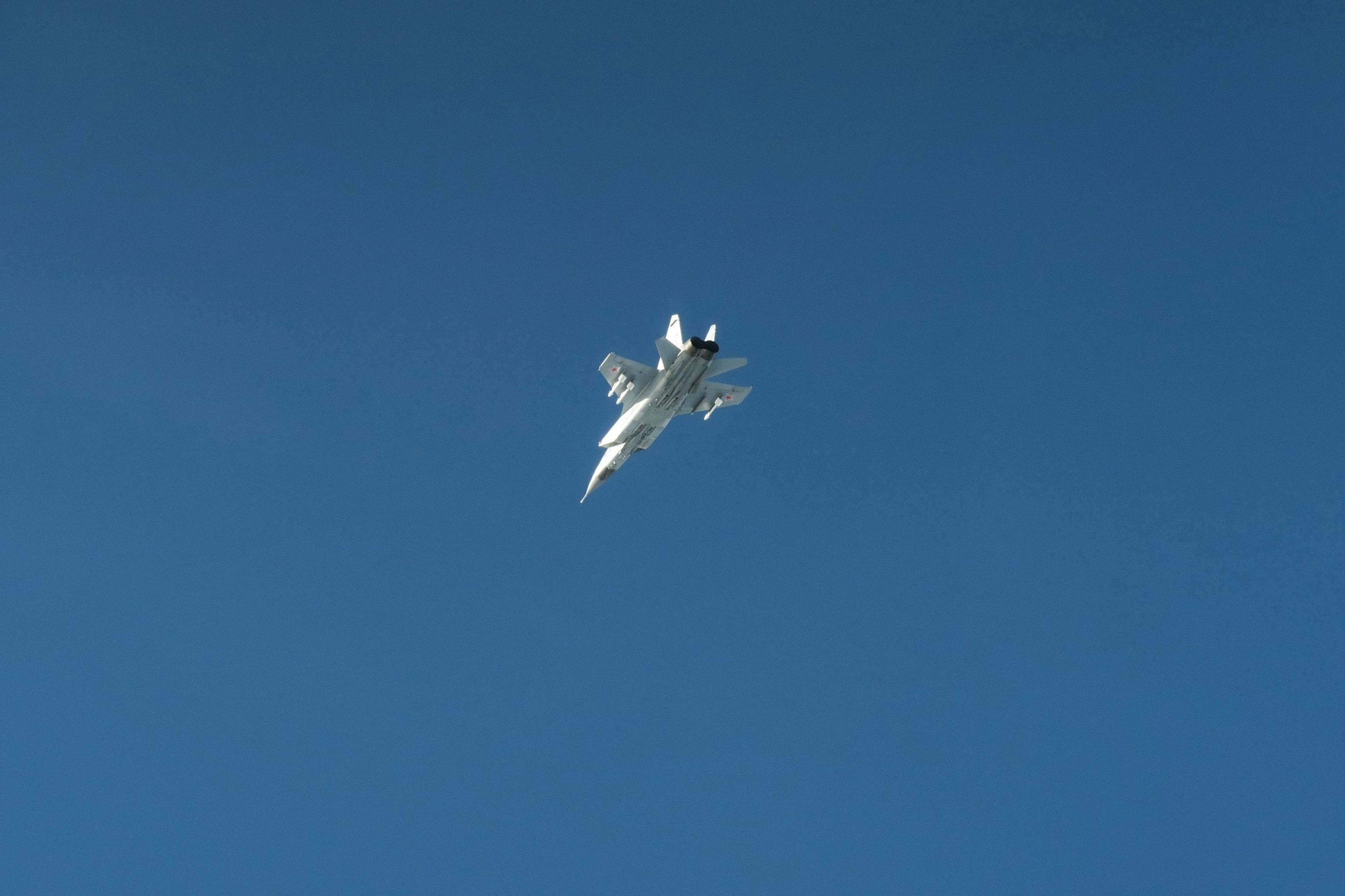
This photograph released by the Swedish armed forces shows a Russian MiG-31 fighter jet that was involved in violating Estonian airspace over the Baltic Sea on September 19, 2025.
Swedish Armed Forces/via Reuters
There is the naval base of the Russian Baltic Fleet at Kronstadt, and beyond it St. Petersburg, the former imperial capital built on malaria-ridden marshes as Peter the Great’s “window to Europe.”
It is a window that many in Europe (and no less in Ukraine) would like to see closed.
“Europe has the right to close straits and sea routes to protect itself,” Ukrainian President Volodymyr Zelenskyy said last month after a series of drone sightings over airports in northern Europe, and officials suggested the craft may have taken off from Russian-linked oil tankers transiting the region that had departed from Russian ports.
The Gulf of Finland serves as a key air and sea bridge from Russia to the rest of the world, connecting Moscow’s military and commercial fleets to its Baltic Sea enclave, Kaliningrad, to the North Sea and to the Atlantic Ocean.
For Russian President Vladimir Putin and the Kremlin, the route is a key conduit for energy exports funding the war against Ukraine, including those carried by his so-called “shadow fleet” of oil tankers supposedly used to evade international sanctions.
“Russia is using this corridor to export 60% of Russia’s oil and gas,” Estonian Foreign Minister Margus Tshakna told ABC News. “It’s very intensive. We’re talking about 400 or more vessels a week. It’s huge.”
“If we are talking about Russian aggression, if it started, of course, it will be totally closed and controlled by NATO, our allies and us,” Tsahkna said of the Gulf of Finland and the Baltic Sea in general. For now, however, “Russia has the right of passage,” he said.
eyes in the sky
Recent Russian violations of airspace in the Baltic Sea region, by both manned and unmanned aircraft, have increased tensions.
Since Moscow launched its full-scale invasion of Ukraine in February 2022, Russian planes have violated Estonian airspace eight times, the Defense Ministry spokesperson said. There have been four such violations this year, they said.
The latest incident prompted Estonia to activate NATO Article 4, bringing together allies for consultations. The alliance subsequently issued a statement warning Russia that it would use “all necessary military and non-military tools” to defend itself, condemning Moscow for a “pattern of increasingly irresponsible behavior.”
The allies characterized their response as “effective” but did little to tone down Moscow’s rhetoric. As NATO officials and leaders discussed the possibility of shooting down intruding Russian manned aircraft, Russian Foreign Minister Sergei Lavrov said such a response would constitute an act of war.
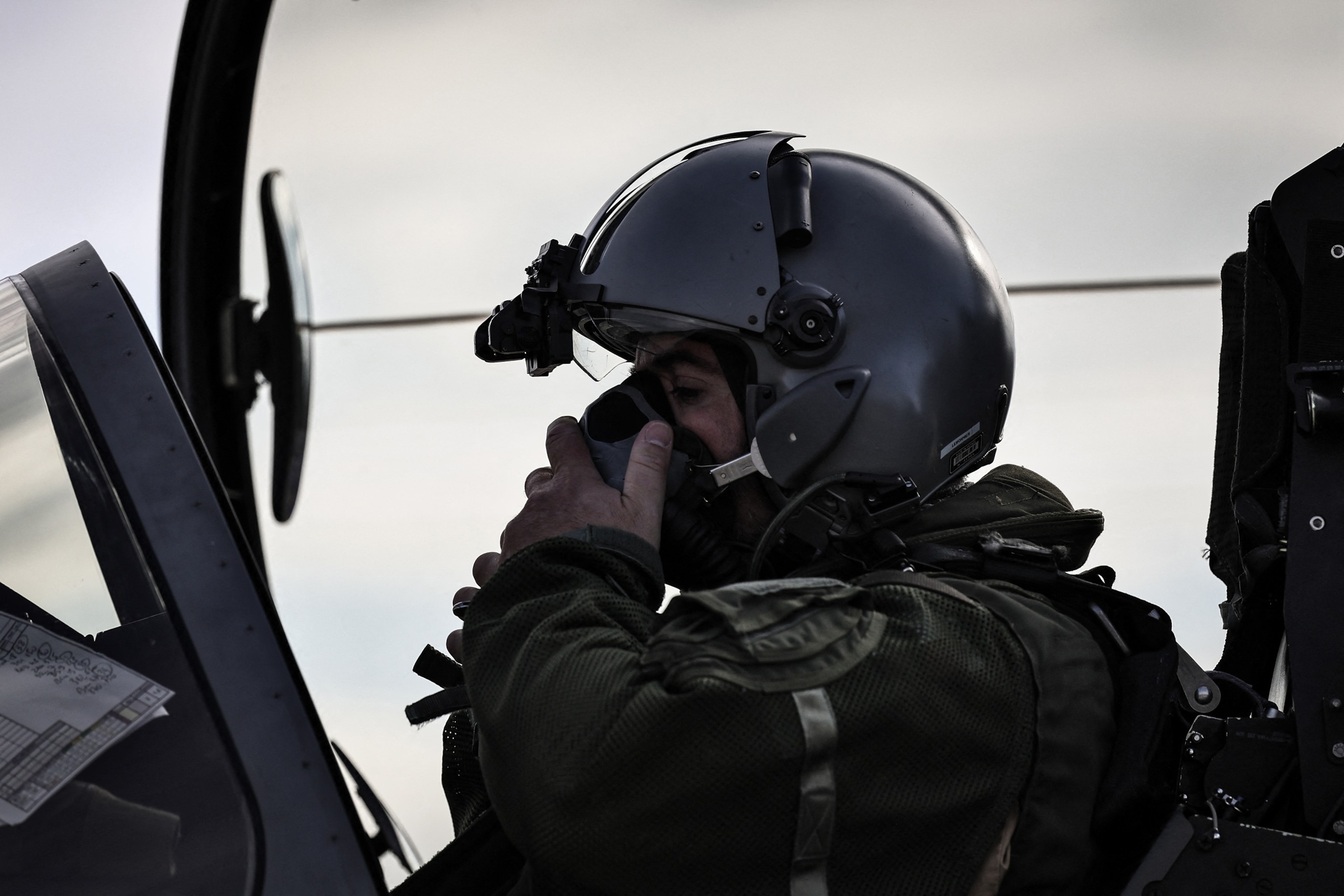
A French air force pilot prepares for takeoff in a Rafale fighter at an air base in Minsk Mazowiecki, Poland, Sept. 17, 2025, as part of NATO’s Eastern Sentry mission.
Thibaud Moritz/AFP via Getty Images
NATO said it is strengthening its defenses on its eastern flank, launching Operation “Eastern Sentry” through which allies will deploy more aircraft and air defense assets to the region and improve cooperation between allies to respond to air threats.
Italy also said it would extend its deployment of a SAMP/T air defense system in Estonia until spring 2026, the Estonian Defense Ministry spokesperson said.
“Russia’s goal is to divert attention and assistance from Ukraine and force NATO countries to focus more on the defense of their own territories,” they added. “These and other irresponsible acts by Russia will not deter allies from their long-standing commitments to support Ukraine.”
Russian violations have led NATO nations to update their rules of engagement, simplifying the process of identifying and shooting down the drones involved.
Some, such as Polish Foreign Minister Radoslaw Sikorski, have said that NATO nations should extend their air defense shield into western Ukraine, both to protect territory there and to prevent Russian munitions from reaching allied borders. Last month, Sikorski said that “opinion is shifting toward this idea.”
Tsahkna said that idea is still under internal discussion. “Let’s see what the future holds,” he said.
Also the subject of intense debate is whether NATO nations should shoot down manned Russian aircraft that violate allied airspace. Estonian officials defended their decision not to fire on the MiG-31s last month, saying their trajectory and weapons load showed they did not pose a threat to life.
“Everything worked perfectly,” Tsahkna said. “This time there was no immediate military threat to Estonia.”
“If there had been a direct military threat to Estonia, all these protocols and everything are there, NATO could have acted,” the foreign minister added.
US President Donald Trump raised eyebrows when reporters at the United Nations General Assembly asked him whether NATO should shoot down intruding Russian planes. “Yes, I do,” the president responded.
Tsahkna said it was “very important that the president of the United States put it very clearly on the table in terms of speaking in the language that Putin understands.”
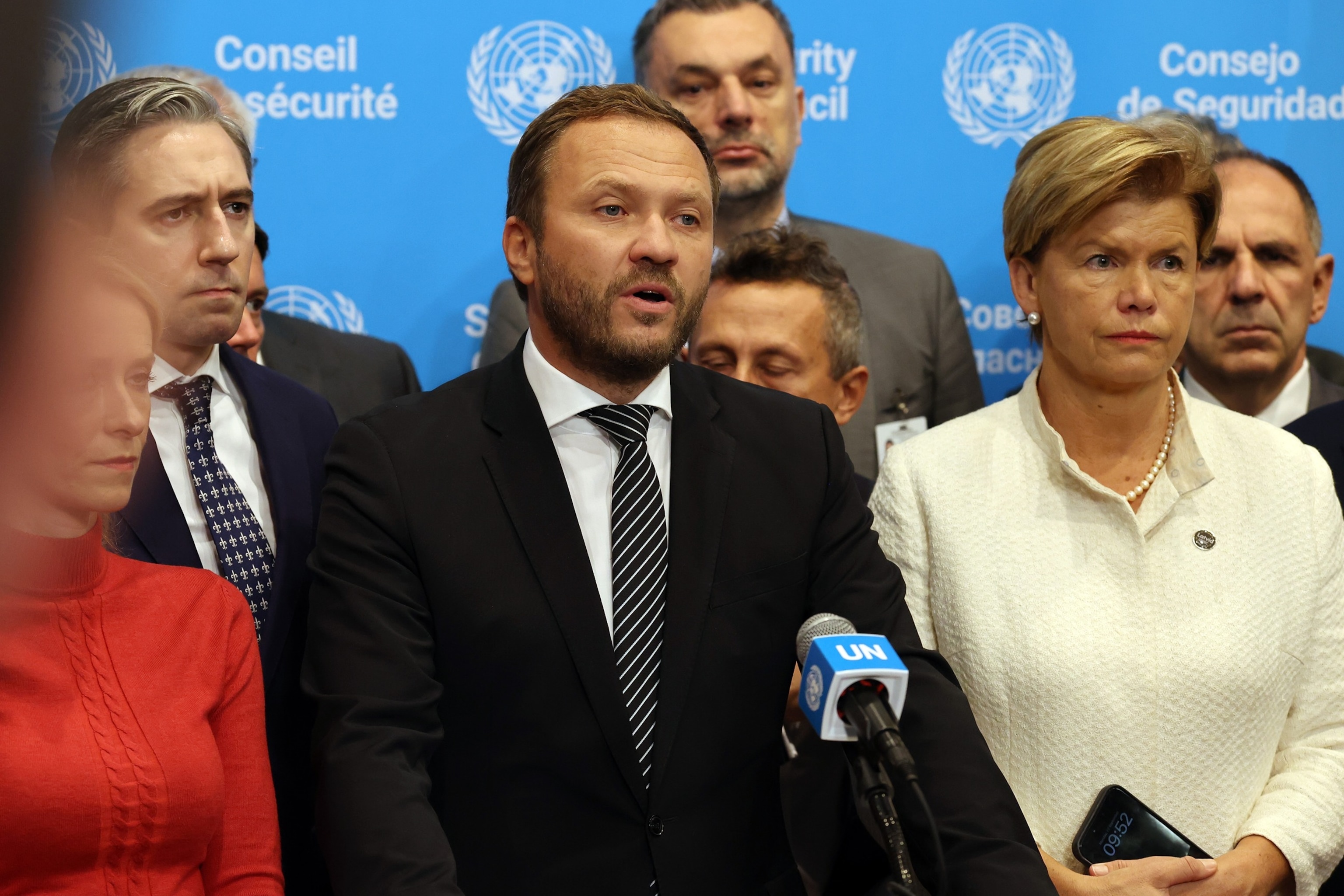
Surrounded by other diplomats, Estonian Foreign Minister Margus Tsahkna (center) delivers a statement at the United Nations General Assembly on September 22, 2025 in New York City.
Spencer Platt/Getty Images
Immobilizing the ‘shadow fleet’
The Baltic Sea could become a key theater in any future conflict between Russia and its Western adversaries. It handles about 15% of the world’s maritime traffic, covering some 145,560 square miles of sea crossed by up to 4,000 ships a day, according to some estimates.
The full-scale Russian invasion of Ukraine led Finland and Sweden to abandon decades-long policies of neutrality and join NATO. Subsequently, some allied officials began referring to the Baltic Sea as “NATO Lake,” an ironic nod to a seismic strategic shift that appeared to greatly limit Russian opportunities in the region.
But NATO’s near-total dominance over the 5,000 kilometers of Baltic Sea coastline has not prevented several high-profile acts of alleged submarine sabotage. All gas pipelines, electrical and internet cables have been damaged, and ultimate responsibility remains unclear and subject to extensive pan-national investigations.
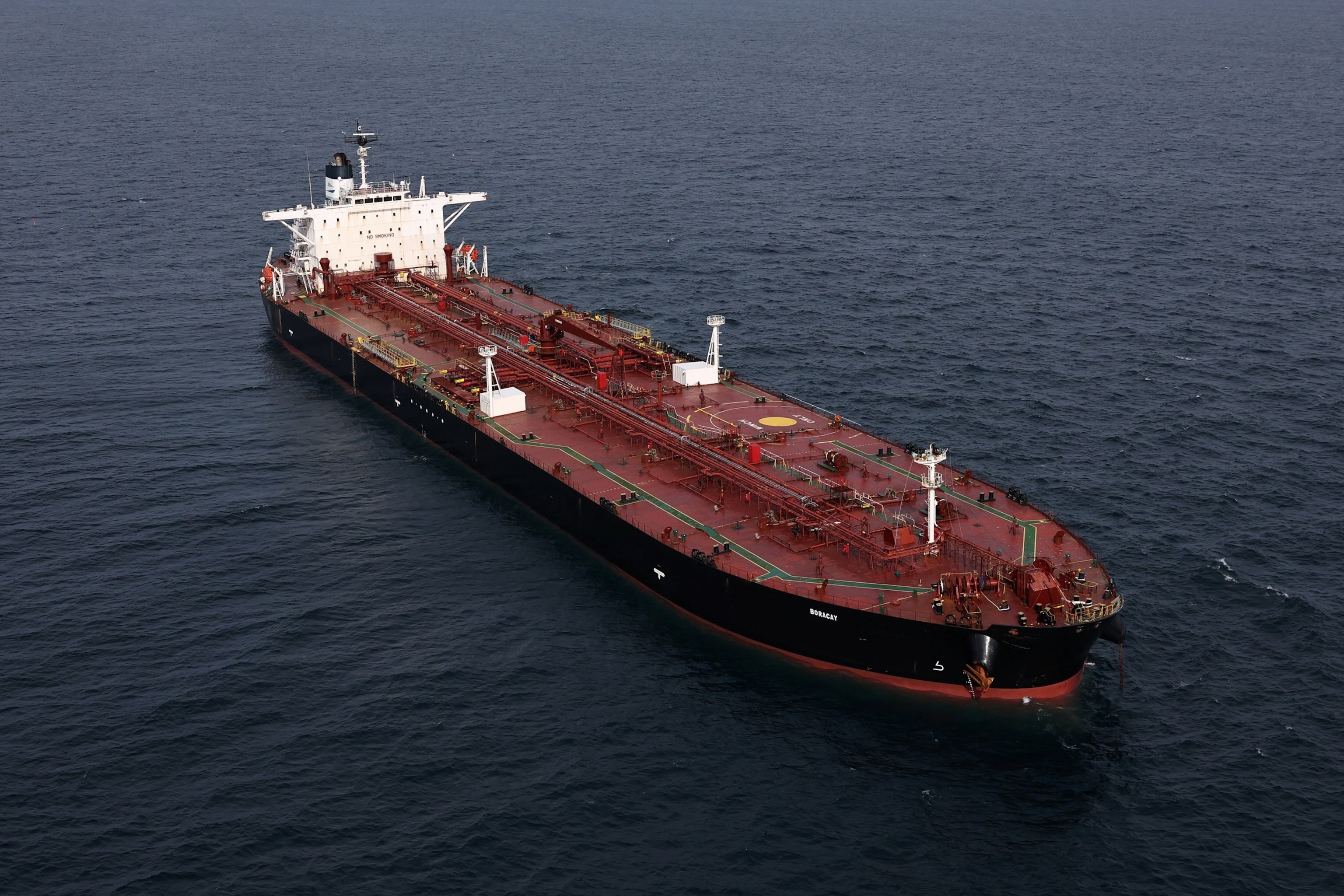
An aerial view shows the supposedly Russian-linked oil tanker named Boracay or Pushpa off the coast of the port of Saint-Nazaire in western France on October 2, 2025.
Stephane Mahé/Reuters
“We are monitoring, NATO is patrolling, NATO’s presence here is actually very strong,” Tsahkna said when asked if the alliance is allowing Russia too much freedom of operation in the Baltic Sea.
European nations have introduced new sanctions and increased surveillance (and sometimes carried out boarding operations and inspections) of suspected shadow fleet vessels, Tsahkna said. European capitals are also reaching out to the nations under whose flags these Russia-linked vessels fly, asking them to help in the pressure campaign, the minister said.
“The pressure on Russia is increasing considerably,” Tsahkna said, “we have many more things to do.”
European nations feel constrained in peacetime, Tsahkna added, but they are aware of the danger.
“We need to control what is happening there, because Russia misuses this opportunity, which does not respect any international cooperation or agreements or conventions, and that makes the situation more delicate,” he said.
“The issue of the shadow fleet is more complicated and we are trying to address it, as well as the submarine cables and all this infrastructure, to protect them,” Tsahkna continued. “We have greatly increased our capabilities. But, you know, globally, they are always vulnerable.”
Recent weeks have seen the emergence of a new potential threat: unidentified drones flying over military and critical infrastructure sites across northern Europe. Its origin and purpose have not yet been conclusively established, but European leaders have linked its appearance to Moscow.
“This is part of the hybrid actions that have been carried out for years,” Tsahkna said. “It is not yet proven who is behind these actions, but I think Putin is making a big mistake. Because NATO’s transatlantic allies are very united and investing even more.”

